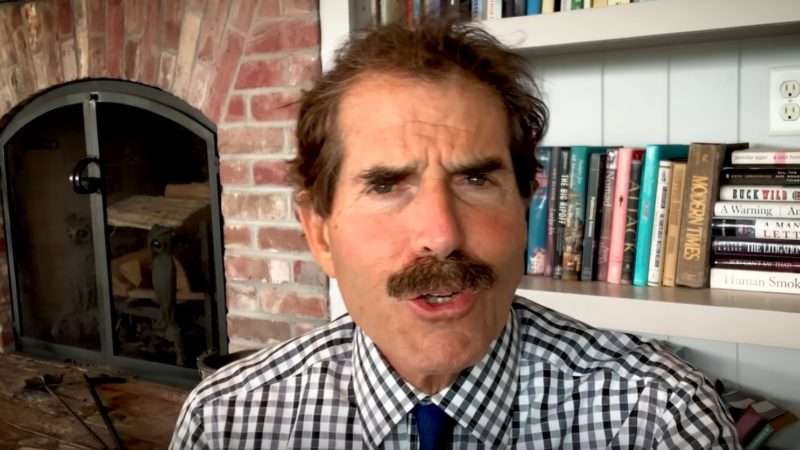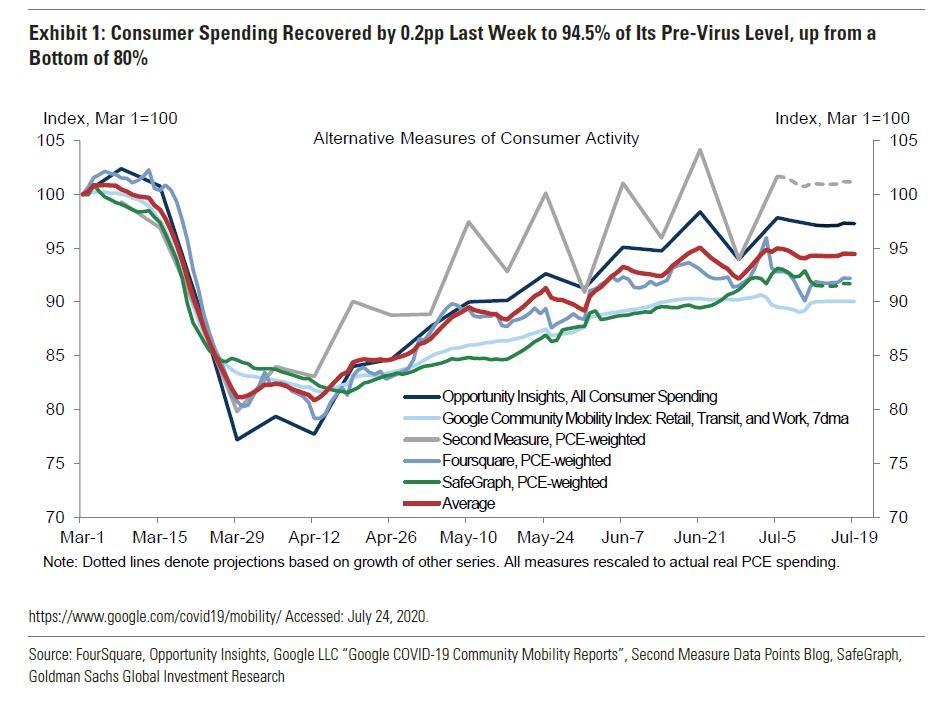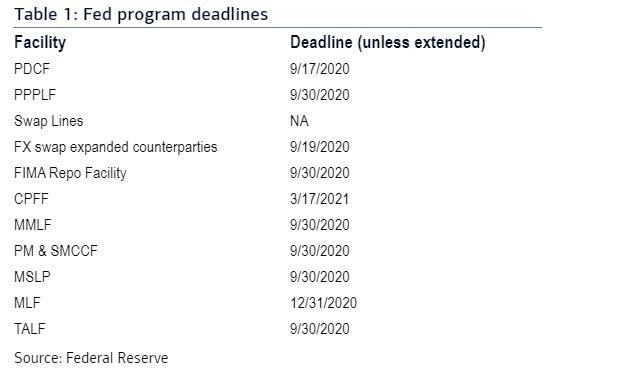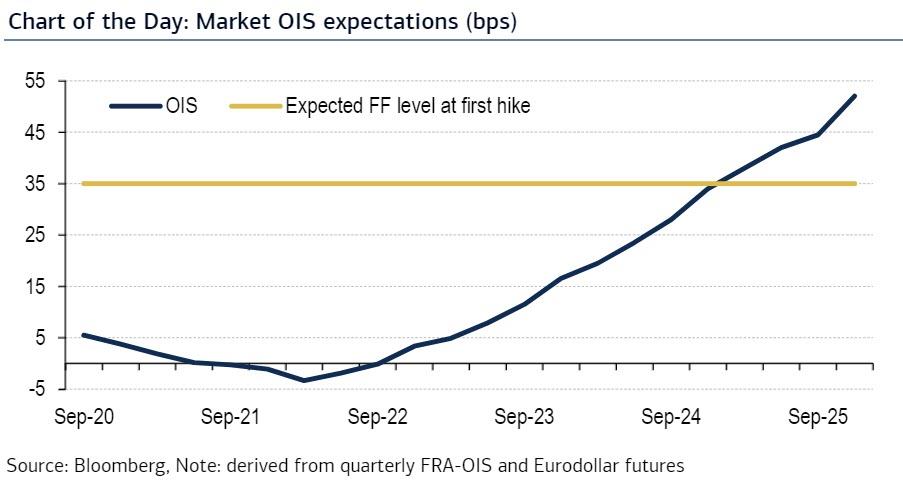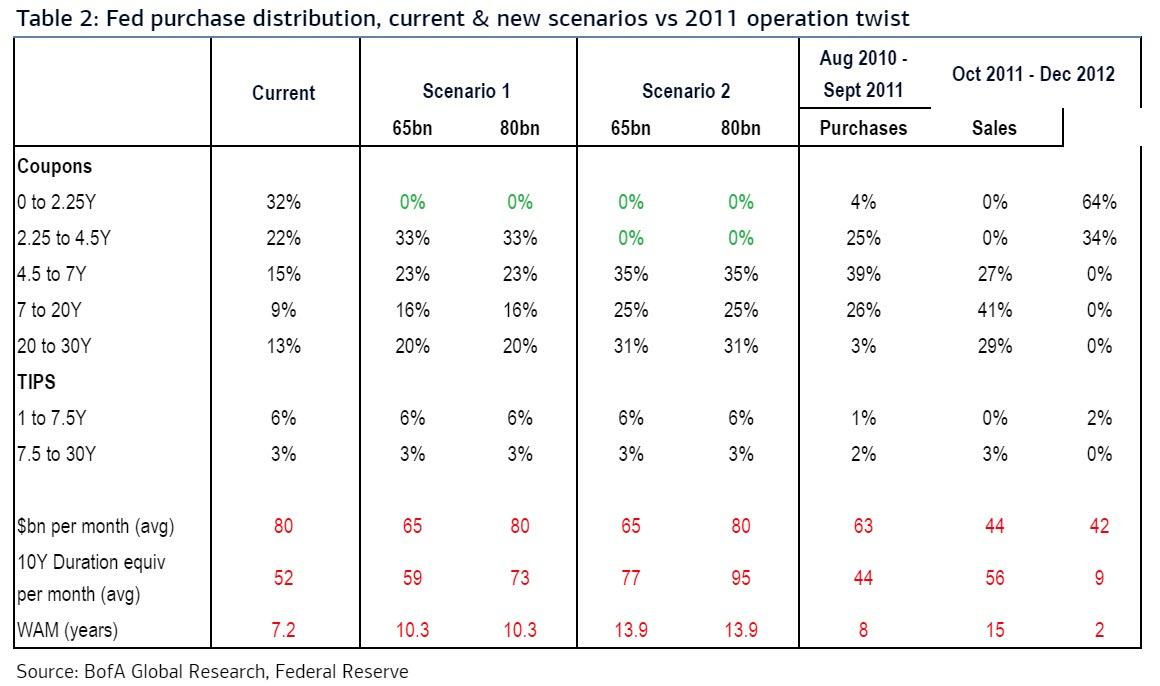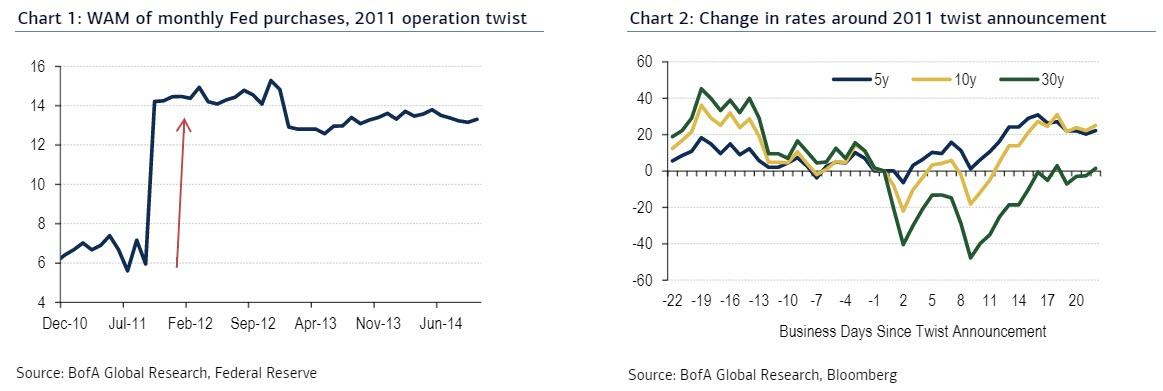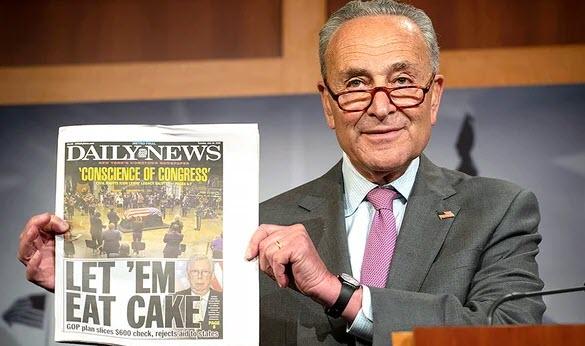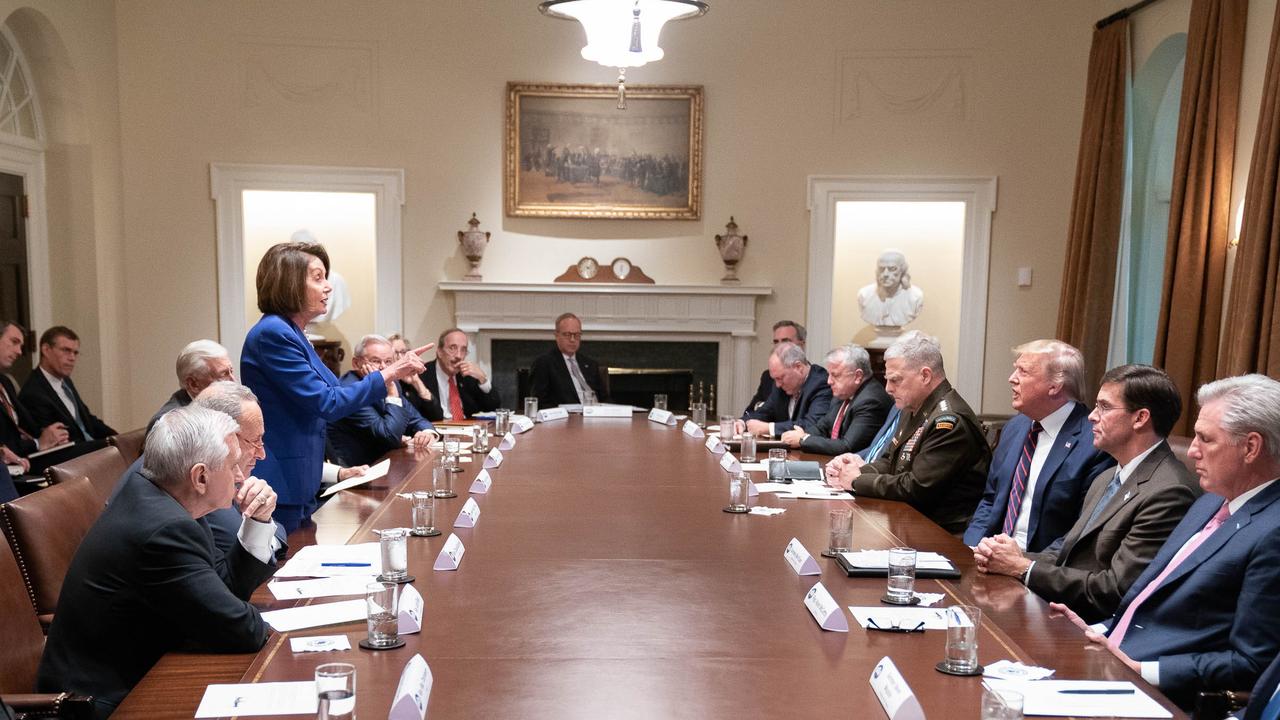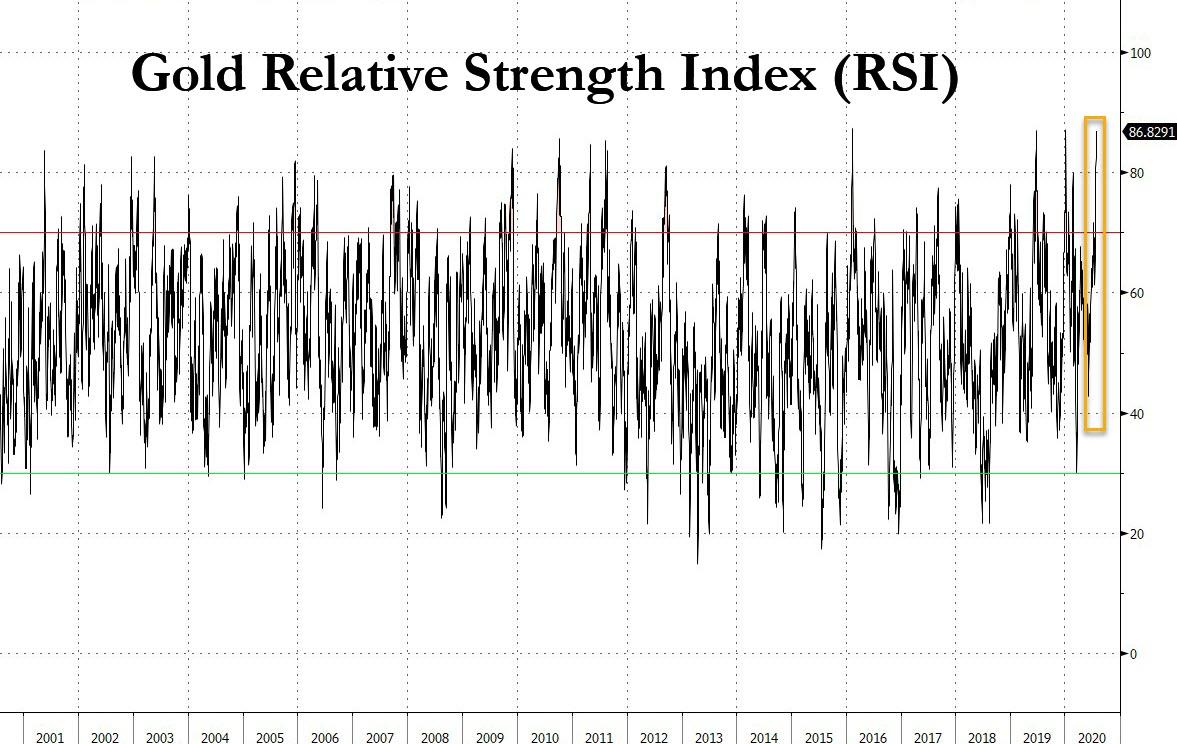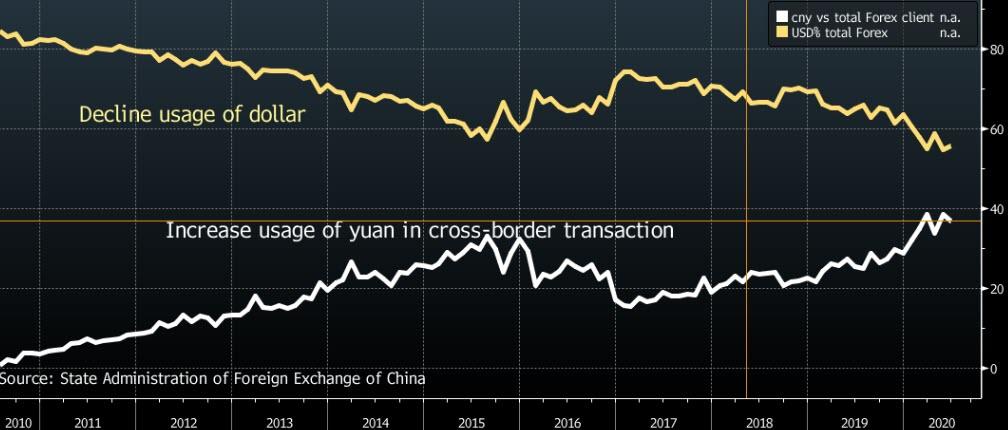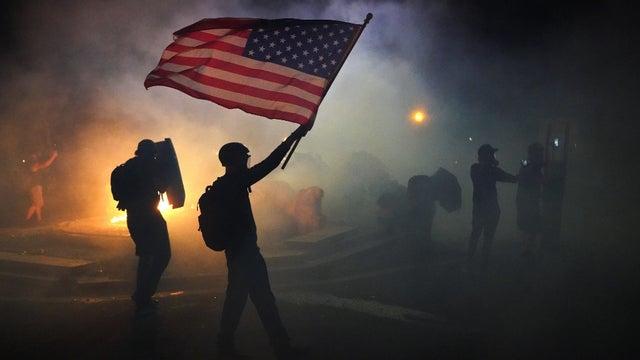Yesterday, the Trump Administration commenced its third effort to wind down DACA. DACA Rescission 1.0 began in 2017. Attorney General Sessions wrote a letter to Acting DHS Secretary Duke. Sessions concluded that DACA was unlawful. And Duke, bound by that determination, issued a memorandum to rescind DACA on the sole ground that it was unlawful. She did not rely on any policy rationales. The district courts quickly enjoined the 2017 Duke Memorandum. Judge Bates (DDC) gave the administration another shot to rescind DACA. In 2018, DHS Secretary Nielsen issued a new memorandum. Call this document DACA Rescission 2.0. On appeal, the Supreme Court found that the 2017 Duke Memorandum was arbitrary and capricious. The majority declined to consider the 2018 Nielsen memorandum. (Justice Kavanaugh would have considered it). The Supreme Court’s decision affirmed the lower-court rulings, thus lifting the stays. As a result, the 2017 Duke Memorandum was now fully enjoined by several courts. The original 2012 DHS Secretary Napolitano Memorandum remained in full force.
On July 28, 2020, Acting DHS Secretary Wolf official withdrew the 2017 Duke Memorandum and the 2018 Nielsen Memorandum. By doing so, he has now mooted all the challenges to the 2017 Duke Memorandum and the 2018 Nielsen Memorandum. The district courts that entered the injunctions against those two documents no longer have a live case or controversy. Instead, we are left with the original 2012 Napolitano Memorandum. That document created DACA. And there are no court orders requiring DHS to implement the 2012 Memorandum in any fashion. Recall, all the challenges concerned the 2017 Duke Memorandum and the 2018 Nielsen Memorandum. Therefore, there is no injunction requiring DHS to grant new DACA authorizations.
For the foreseeable future (probably till November), Secretary Wolf has announced that DHS will “reject all pending and initial requests for DACA.” Doing so does not violate any court order. Again, there is no court order requiring DHS to grant DACA requests pursuant to the 2012 Napolitano Memorandum. The court orders only enjoined the 2017 Duke and 2018 Nielsen Memorandum. Here, the scope of the judgment becomes very important. A future court could order DHS to follow the terms of the 2012 Napolitano Memorandum. But that order has not yet been issued. As of today, DHS is in full compliance with all relevant court orders. (Press reports that the Trump administration has ignored the courts are simply wrong.)
But wait, there’s more. Attorney General Barr sent Secretary Wolf a letter on June 30–twelve days after Regents was decided. Barr withdrew the 2017 Sessions letter. He also withdrew the 2014 Obama Administration’s opinion that expressly authorized DAPA, and in a footnote, suggested DACA was lawful. (As of this evening, the opinion is still listed on OLC’s site.) This withdrawal is huge. OLC does not often yank opinions. I’m glad Barr finally took this step. DOJ was arguing out of both sides of its mouth in court about DACA’s legality, and was constrained by this opinion. Barr took these actions “to wipe the slate clean to make clear beyond doubt that you [Wolf] are free to exercise your own independent judgment in considering the full range of legal and policy issues implicated by a potential rescission or modification of DACA, as contemplated by the Supreme Court.”
In short, the Trump Administration has completely mooted the pending challenges to the DACA rescission. This challenge will need to start on a blank slate. For sure, the plaintiffs will argue that this new front is merely pretextual. But we will need new amended complaints, and a fresh round of litigation.
Now, what happens in November? If President Trump wins re-election, then Secretary Wolf will likely make his interim policy permanent. People who have DACA can continue to renew it, but new applications will not be granted. And that policy will be litigated up to the Supreme Court. I think Trump wins for reasons I’ll discuss below.
But what if Biden wins. Then his DHS Secretary will try to rescind the Wolf memorandum. But to do so, the Secretary would have to consider an infinitely-wide range of options under the Chief’s opinion. The failure to dot every “i” and cross every “t” could result in an arbitrary and capricious finding several years down the road. Who knows?
I think this policy is a manifestation of the John Yoo strategy. I was skeptical of this general strategy in Politifact. But I didn’t realize how it would be implemented. I simply assumed that a district court would enjoin whatever Trump does. I don’t think a district court can order the Trump Administration to exercise its prosecutorial discretion with respect to granting new DACA authorizations. The Supreme Court explained this was a substantive policy, subject to prosecutorial discretion. And there is no legal entitlement to DACA.
You see, rather than rescinding DACA, this new approach merely leaves the current memorandum in place, but declines to exercise discretion for the time being. For sure, a lower court somewhere will find this decision arbitrary and capricious. But I think the Chief Justice votes to stay those rulings. Why? Jon Adler explained well, Roberts likes to maintain the status quo.
Now what is the status quo? You may think the status quo is granting DACA applications. After all, DACA applications have been granted for nearly eight years. Well, not exactly. The status quo is that those grants were issued pursuant to discretion; not based on a court order. And now DHS is declining to exercise that discretion. The status quo, from the perspective of the 2012 memorandum, is maintained. The Wolf memorandum states this point expressly:
Consistent with the Court’s express remand for the agency’s reconsideration and the Napolitano Memorandum’s clear statement that it conferred no substantive rights, DHS did not expand beyond the status quo of the past several years for a few weeks while it was determining next steps. I now conclude that all pending and future requests should be treated in the same manner, rather than be subject to differential treatment depending on the fortuity of when DHS received the request within a short period of uncertainty. Nothing in the Napolitano Memo purports to preclude me from exercising my enforcement discretion to make these changes on an interim basis while I consider whether to make more substantial changes on a permanent basis. Even under the Napolitano Memo, no aliens had a legal entitlement to receive DACA—much less a legal entitlement to a particular renewal period. Nor can aliens with pending requests assert any meaningfully greater reliance interests in their initial or continued enjoyment of the policy and the attendant benefits than aliens who submit such requests after the issuance of this memorandum.
This paragraph can be copy-and-pasted in a stay application addressed to John G. Roberts. And I suspect it will be granted. The Trump Administration accurately understood, and desribed the status quo.
And once the Supreme Court stays the lower-court rulings, allowing this memorandum to remain in place, a Biden Administration would have to litigate for nearly two years to get out from under it. And if the Biden administration tries to grant new DACA authorizations, it will be acting in an arbitrary and capricious fashion, for failing to properly rescind the Wolf Memo. Cue an injunction from the Fifth Circuit. For years, Trump was stuck with Obama’s policies. Now, Biden would be stuck with Trump’s policies. What’s sauce for the goose is sauce for the gander.
DACA Rescission 1.0 and 2.0 were bungled, badly. Version 3.0 may actually stick for a few years until the Supreme Court decides the case. And even then, the Chief may send Biden back to square one. I have to admit, this approach is very clever, and takes the Chief on his own terms.
from Latest – Reason.com https://ift.tt/3gmuOqV
via IFTTT

